Recordings from the Corporate Forum
ITI World Symposium 2024
SESSION 1
From the evidence-based legacy to innovative treatment breakthrough

How to achieve long term success with different implant timing protocols
Prof. Ronald Jung
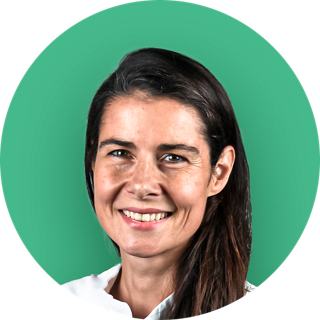
Future of dental Implantology set with patient-first-strategy
Prof. France Lambert
SESSION 2
Efficient prosthetic-driven workflows for complex edentulous cases
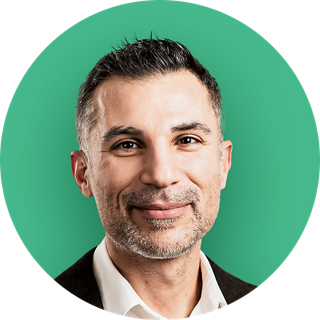
Immediate, precise and predictable. A fully digital workflow for edentulous arches
Dr. Panos Papaspyridako
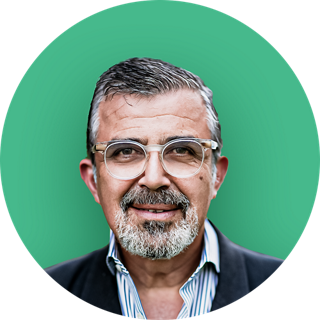
Effective treatment modalities for patients with severely atrophied maxilla
ITI Zygoma consensus. Zygoma biomechanics explained.
Dr. Edmond Bedrossian
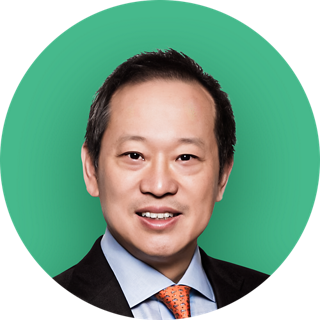
Effective treatment modalities for patients with severely atrophied maxilla
ZAGA Concept in Clinical Practice - A comprehensive treatment protocol that has evolved to bring success in the implant rehabilitation of severely atrophic maxilla.
Dr. James Chow
SESSION 3
Contemporary workflows for highly demanding esthetic cases

The advancement of digital smile design in implant dentistry: crucial points for esthetic treatment planning
Dr. Maja Chmielewska
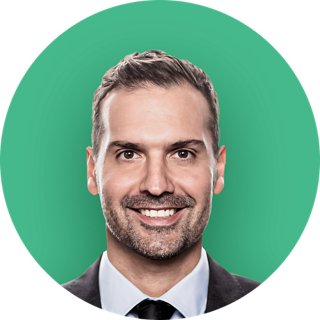
Maximizing treatment outcomes in complex cases with digital protocols
Dr. Alejandro Lanis